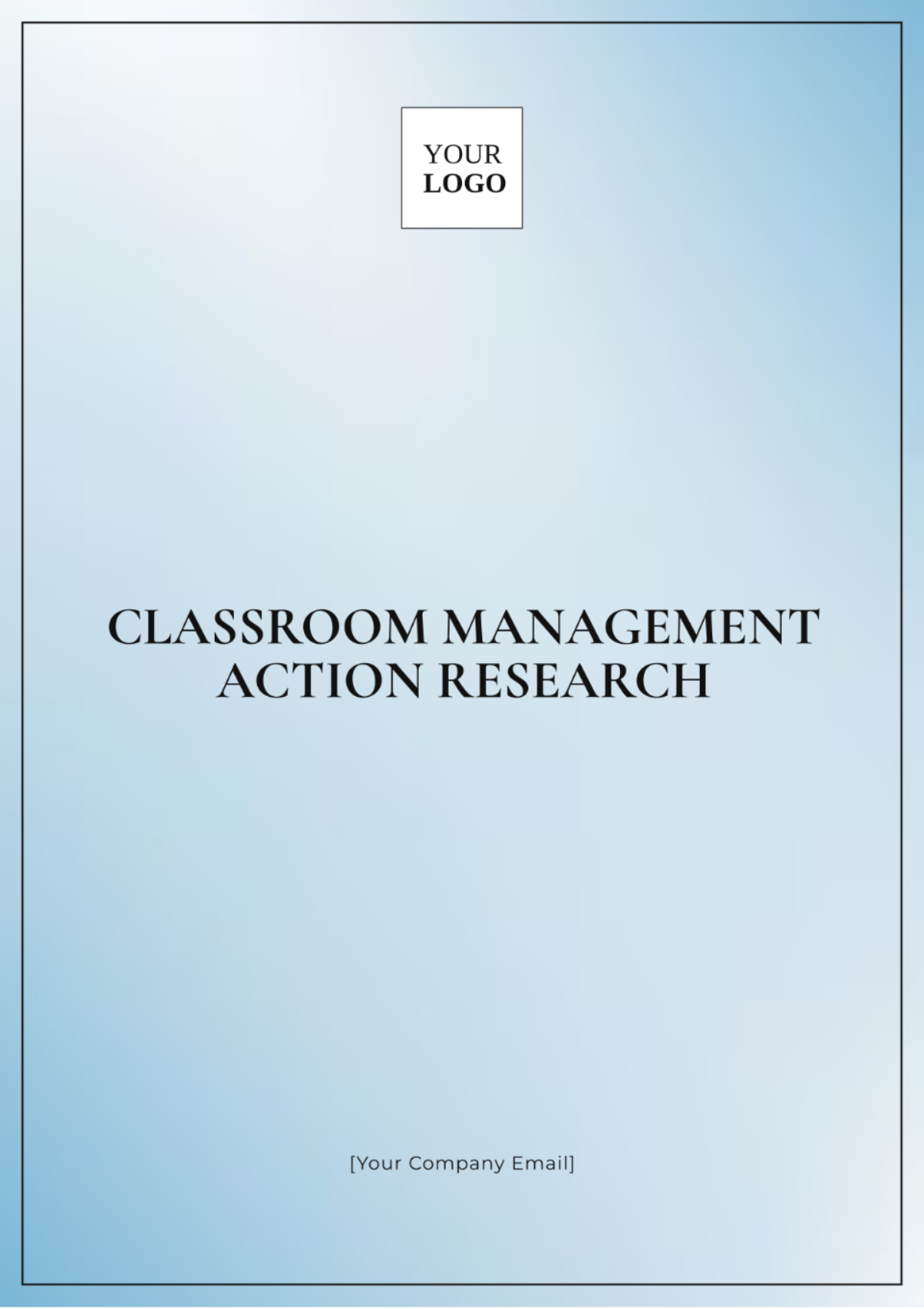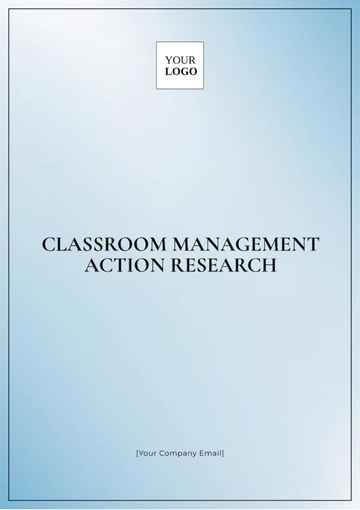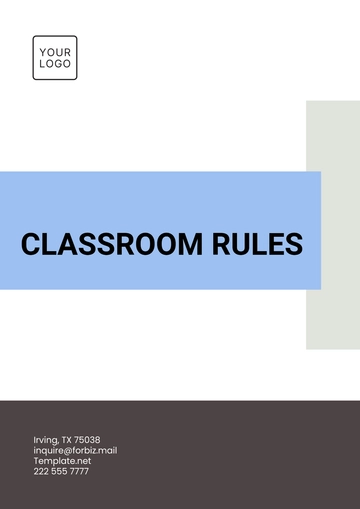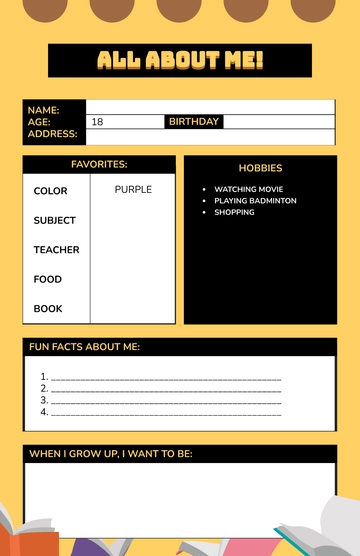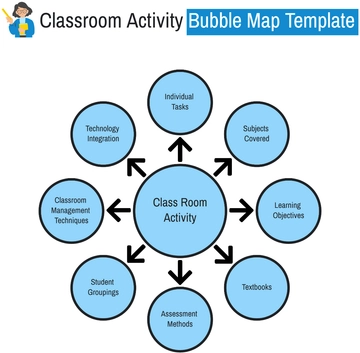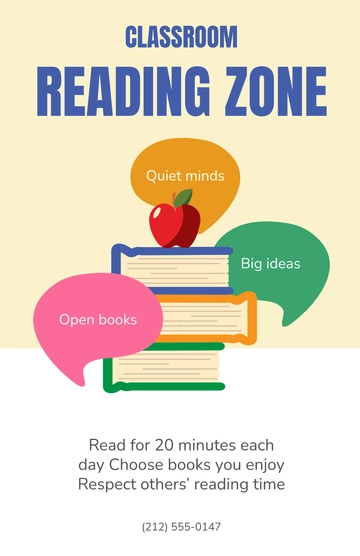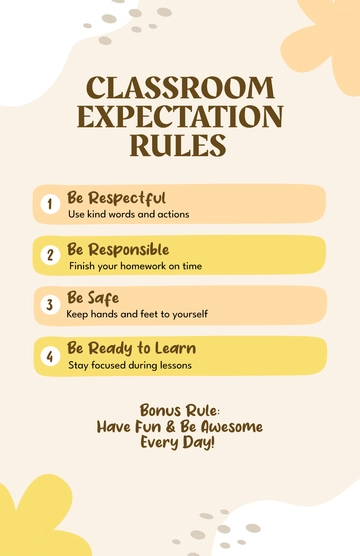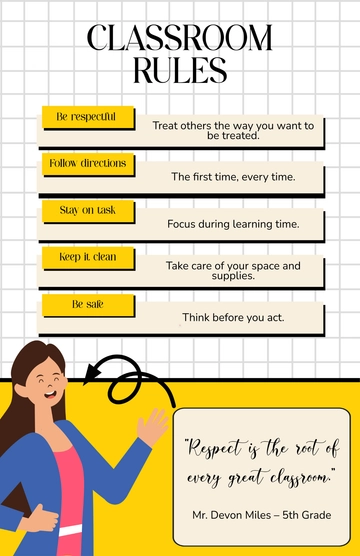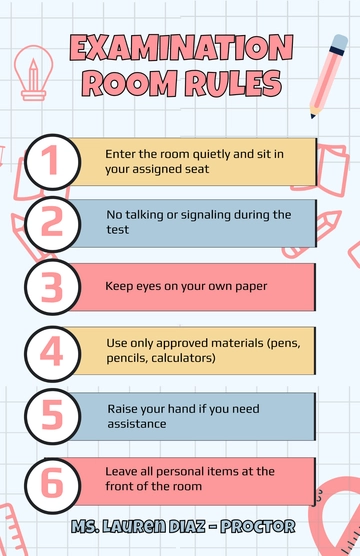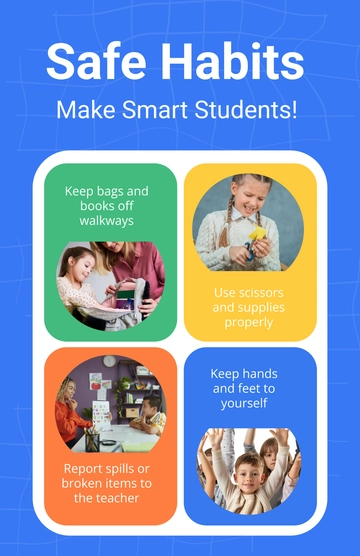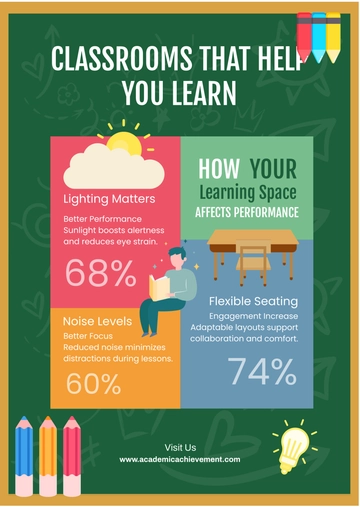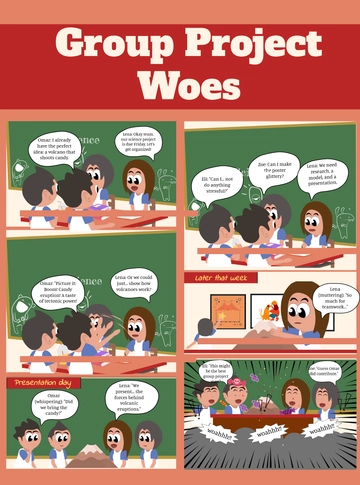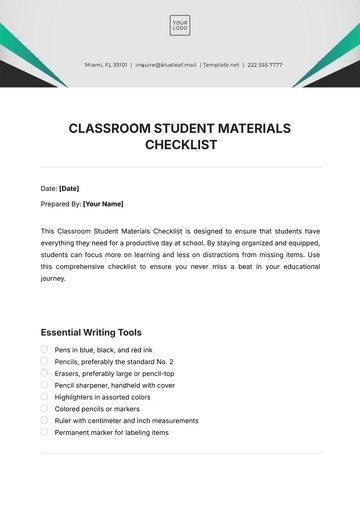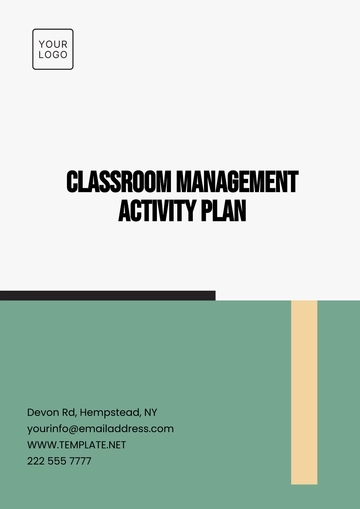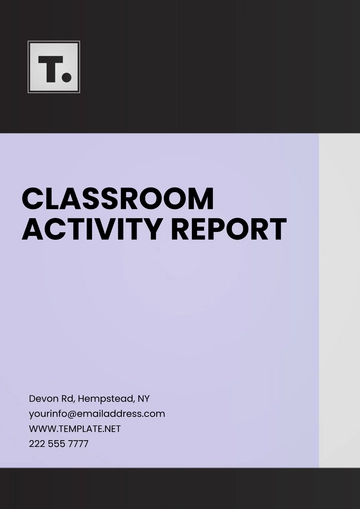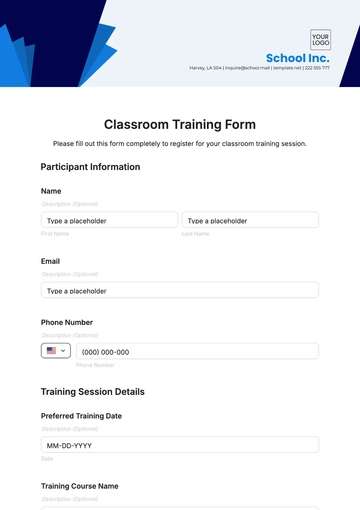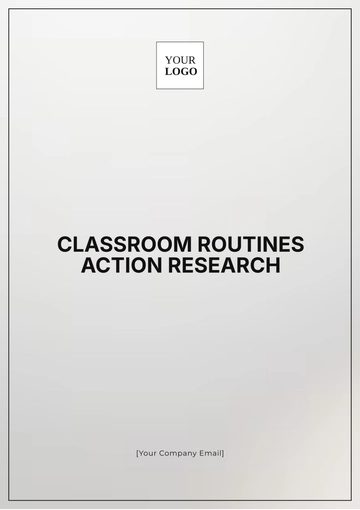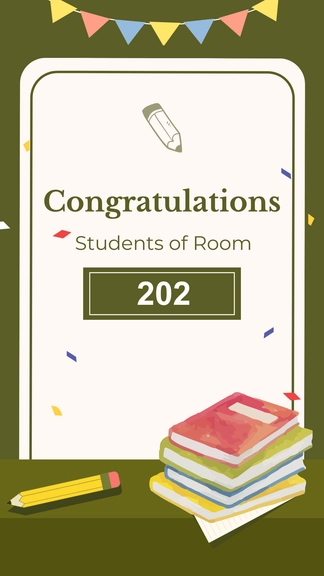Classroom Management Action Research
Prepared By: [YOUR NAME]
Date: [DATE]
I. Introduction
The purpose of this research is to explore classroom management strategies through systematic inquiry. Classroom management remains a perennial challenge for educators, impacting both student behavior and learning outcomes. The objective is to identify issues related to student behavior, learning environment, and teaching practices, implement interventions, and evaluate their effectiveness.
II. Literature Review
Behavior Management: Simonsen et al. (2051) focused on positive behavior support systems. They found that structured reward systems effectively reinforce desirable behaviors, improve student motivation, and reduce disruptions.
Teacher Practices: Wong and Wong (2053) stressed the value of structured routines. Their study demonstrates that consistent classroom management practices foster stability, improve student performance, and minimize behavioral issues.
III. Methodology
A. Research Design
Quasi-Experimental Design: This research uses a quasi-experimental approach featuring intervention and control groups; the intervention group implemented new classroom management techniques, while the control group continued with conventional methods, enabling a comparative analysis of the results.
B. Participants
Students: 60 middle school students, split evenly between intervention and control groups. Random assignment ensured balanced demographics and initial behavior levels.
Teachers: 4 teachers, with two implementing the new strategies and two maintaining standard practices, providing varied perspectives on the intervention.
C. Data Collection Methods
IV. Intervention
The following classroom management strategies were implemented over 12 weeks:
A. Positive Behavior Interventions
B. Structured Routines
C. Environmental Modifications
D. Social-Emotional Learning (SEL)
V. Results
The data gathered from the multiple interventions that were conducted indicated that there were considerable and noteworthy improvements.
Learning Environment: Engagement scores improved from 3.5/5 to 4.6/5, reflecting greater participation, focus, and collaboration. These gains were driven by clear routines and SEL activities that promoted teamwork and self-regulation.
Teacher Feedback: Teachers reported high satisfaction with the strategies, noting a more orderly classroom, fewer disruptions, and easier implementation of routines and rewards.
Academic Performance: Test scores increased by 15%, from 65% to 80%, due to reduced distractions, better student engagement, and the positive impact of SEL programs on focus and discipline.
Metrics | Before Intervention | After Intervention |
|---|
Disruptive Behaviors | 80 incidents/week | 24 incidents/week |
Engagement Scores | 3.5/5 | 4.6/5 |
Test Scores (Avg %) | 65% | 80% |
VI. Discussion
The study's results demonstrate that combining behavioral, environmental, and instructional interventions significantly enhances classroom management, highlighting the need for integrative strategies that consider multiple aspects of the educational environment and diverse teaching practices.
VII. Conclusion
This research shows that adapting classroom management strategies to students' individual needs significantly improves behavior and academic achievements. Tailored approaches can create more effective learning environments, leading to better student outcomes. Future studies should explore the long-term impact and broad applicability of these strategies in different educational settings.
VIII. References
Simonsen, B., Fairbanks, S., Briesch, A., Myers, D., & Sugai, G. (2051). Evidence-Based Practices in Classroom Management. Education and Treatment of Children, 31(3), 351-380.
Weinstein, C. (2052). Critically Responsive Classroom Management: Awareness to Intervention. Educational Leadership, 56(1), 26-30.
Wong, H., & Wong, R. (2053). The First Days of School: How to Be an Effective Teacher. Harry K. Wong Publications.
Research Templates @ Template.net
